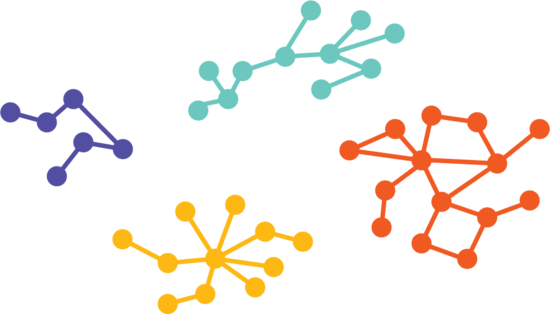
Background
The current global shortage of nurses challenges healthcare systems everywhere to provide adequate care. The situation is particularly critical in obstetrics, where the declining number of midwives and registered nurses endangers birthing women and newborns. Inadequate staffing levels can result in mortality and adverse health outcomes for both mothers and newborns. Current methods of measuring patient resources do not fully account for care needs, resulting in a mismatch between available resources and patient needs. Although studies show that higher nurse staffing levels correlate positively with patient outcomes, recommendations for optimal staffing levels are limited.
This project aims to describe care needs in detail and recognize changes in demand, enabling managers to proactively adapt the supply of care staff.
Research Aims
The TRACR-IN project aims to describe care needs in detail and recognise signs of changes in demand. This allows managers to proactively adapt the supply of care staff to patient demand.

Methods
This research study uses data from a Swiss university hospital to analyze the documented nursing time from electronic patient records of women and newborns in maternity care. Machine learning methods and network analysis are applied to reveal hidden patterns in complex, high-dimensional datasets. The study has three objectives: First, it aims to validate care activity times and identify care activity modules through network analysis. Second, it aims to discover subgroups of women with different care needs using clustering methods. Finally, it seeks to detect significant signals in care data associated with higher need and incorporate this signal detection into the electronic data system.
Expected Relevance
This study will make it possible to visualize and describe complex patterns of care activities. Investigating the relationships between individual characteristics and nursing time will provide initial indicators of an increased need for postpartum care. These indicators will then be analyzed for their predictive value. The project aims to improve the planning and evaluation of maternity care. Identifying demand signals in nursing documentation is an important step toward predicting an increased need for nursing care. This enables staffing levels to be adjusted in a timely manner, preventing discrepancies between nursing supply and demand.
The study is initiated and located at


The study is funded by

